Natural Tinder
In the world of bushcraft, fire is an essential element. It provides warmth, light, a means of cooking, and the ability to purify water. One of the key skills to master in bushcraft is the art of starting a fire using natural materials. While modern fire lighting materials are readily available, there is a certain sense of satisfaction and connection to nature that comes from relying on natural tinder, as well as having the knowledge to help you out when in wilderness environments.
In this blog, we will look closely at natural tinder options, exploring various materials found in the natural environment to making firelighting that little but easier.
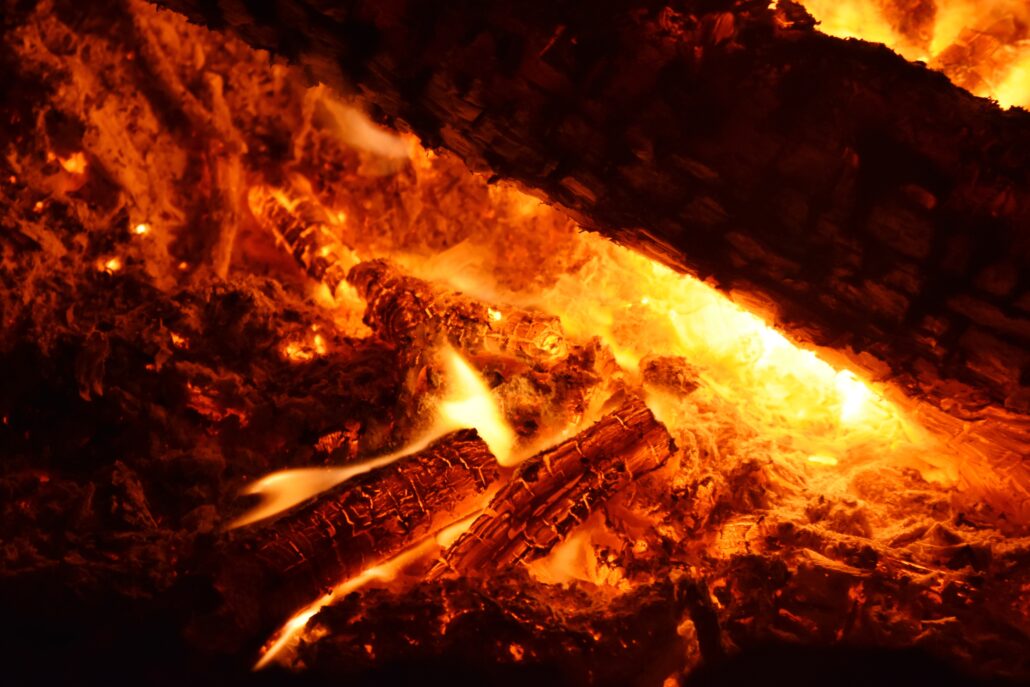
What is Tinder?
Tinder is the initial material used to catch a spark to produce a strong ember to successfully light a fire. The material needs to be fibrous, highly combustible, easily ignited, and burn long enough to add further fuel to your fire. Natural tinder can be found abundantly in the wilderness, and knowing where to look and what materials to choose can be the difference between a successful fire…or watching your ember fizzle out.
Fibrous Plants
Plant fibres are one of the most commonly used natural tinders in bushcraft. Dry grasses, fibrous plants, dried ferns and downy flower heads such as thistle seed heads, or willow seed heads, can all work well as excellent tinder materials. Basically as long as it is dry and fibrous, then chances are it will take a spark.

Bark
Other natural tinder options include varying barks. A great example is rich bark. Birch bark is highly versatile and often considered a staple in the bushcraft community. The papery outer layers of the bark contains flammable oils that ignite easily, even when damp. It can be shredded, twisted, or peeled into thin sheets, providing various options for fire lighting. Birch bark can be collected from fallen trees or by carefully removing the bark from living trees as long as you know what you are doing to ensure minimal impact on the tree itself.
The inner bark of Cedar is also another great option due to its fibrous nature. Remove the bark from a fallen tree and scrape the inner bark with your knife to create a pile of flammable material. Don’t remove the bark from a living tree, as to access the inner bark would damage the tree and that is not an acceptable approach in bushcraft.
Sweet Chestnut bark is also very fibrous, it doesn’t have a great oil content, but when dry can be broken down to make great firelighting material. Both Clematis and mature Honeysuckle barks are also good options, they peel off easily from mature plants as the bark starts to flake away with little to no damage to the plant itself when done carefully. The bark is very fibrous, and if taken when flaking off of the plant should be relatively dry too.
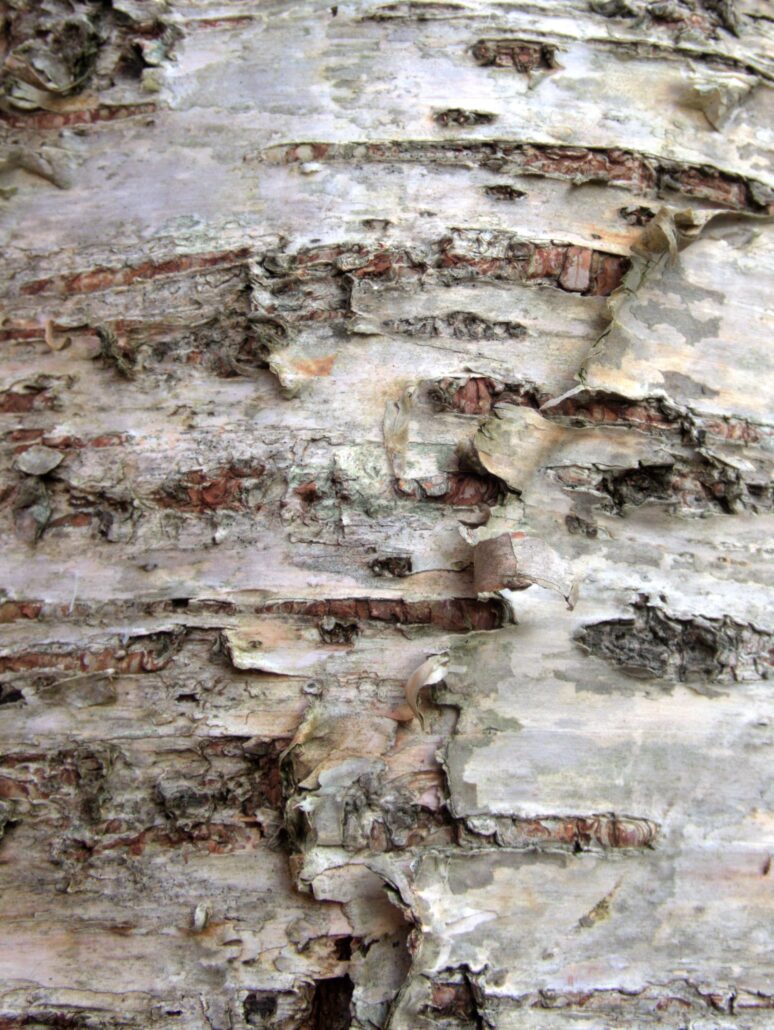
Punkwood
Punkwood is decayed, soft spongy wood, usually found when a tree has been left down for a long period of time. It often holds on to moisture after wet weather, but if you dig deep you can find the dry inner, or look for it after prolonged warmer periods. When dry, punkwood creates fibrous flammable material to catch a spark, and can be another great addition to your tinder options.
Knowing which natural materials will work well will help you in your quest to get a fire lit. It’s good to have that knowledge up your sleeve and ready, especially when you are damp, cold and tired – and all you want is to get warm, have some warm food and rest.
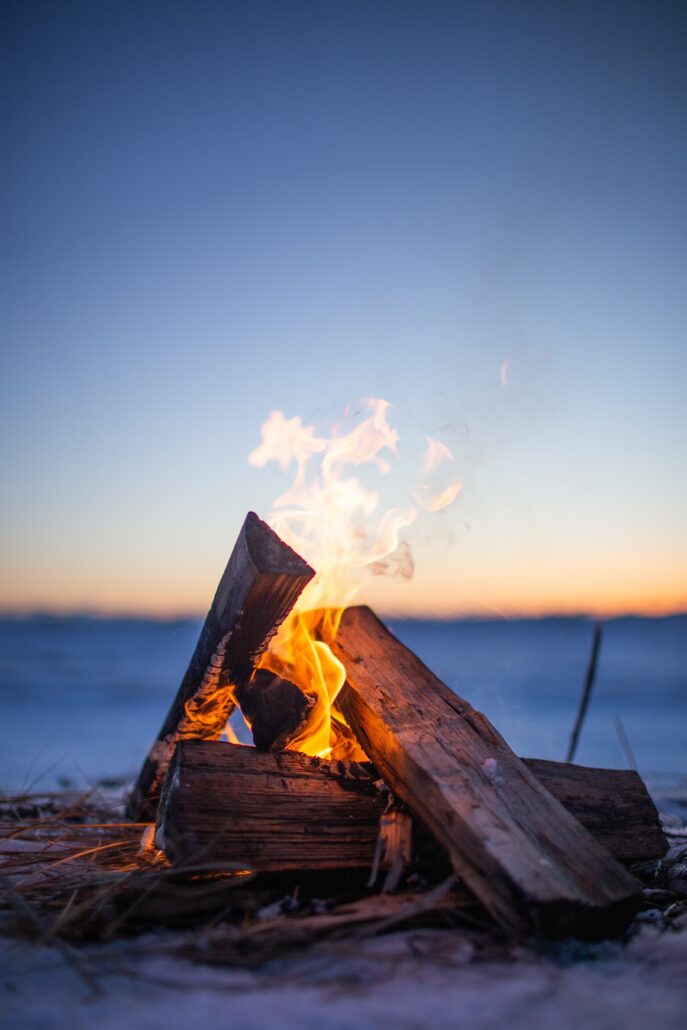

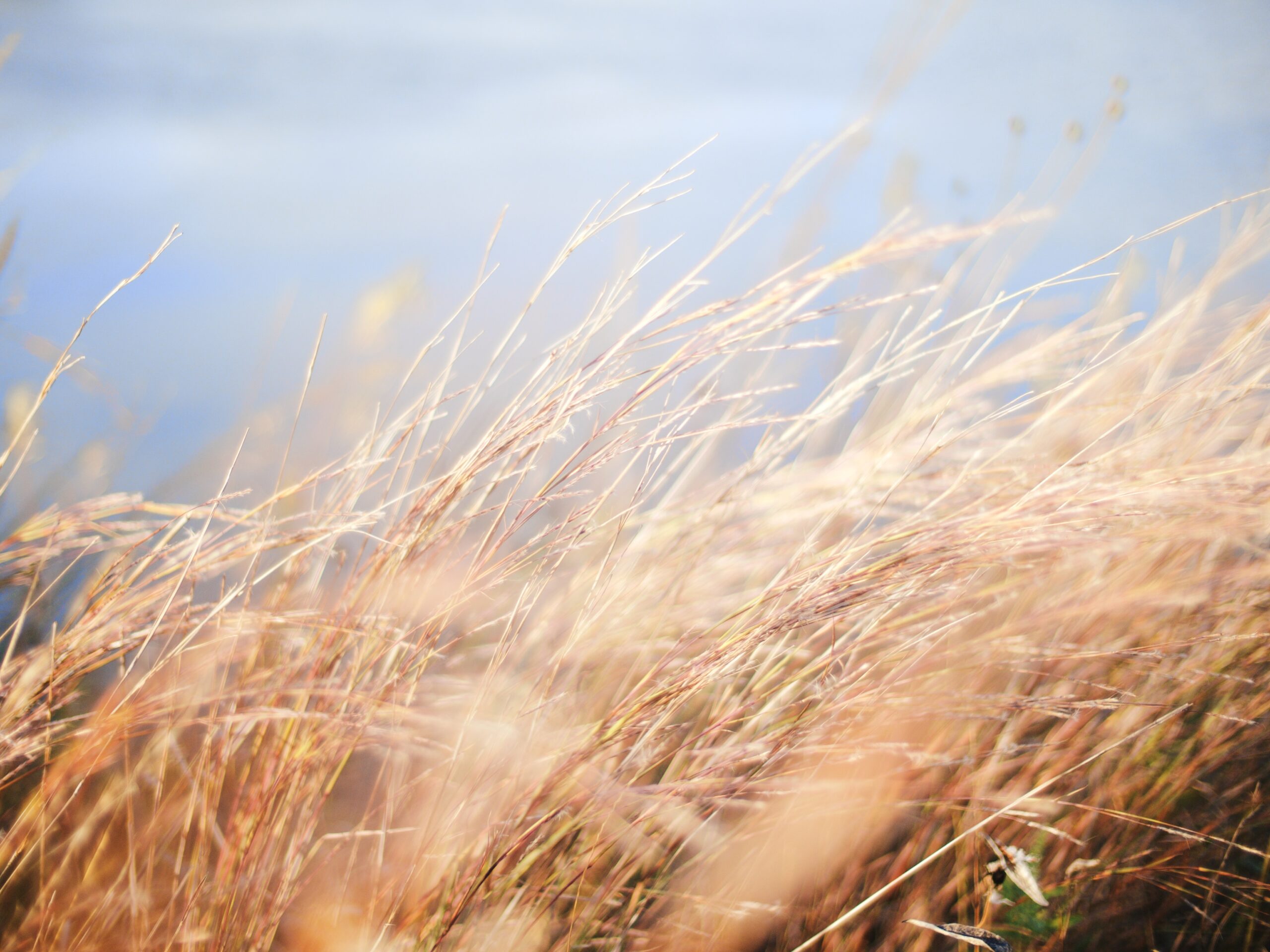
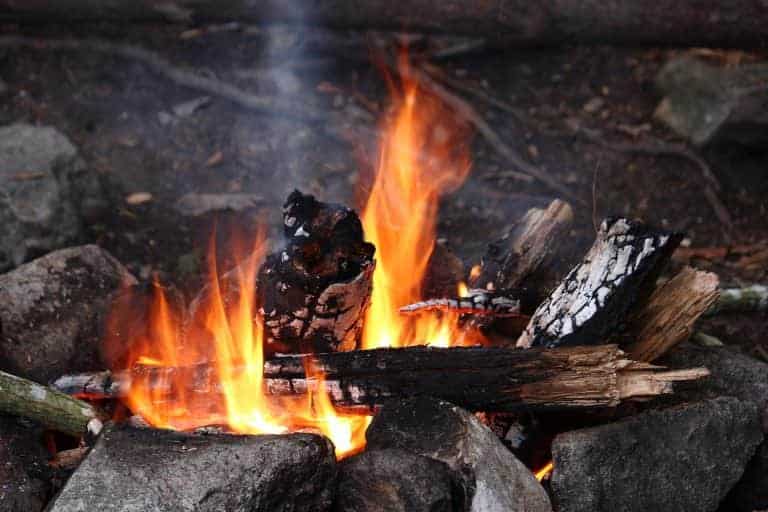
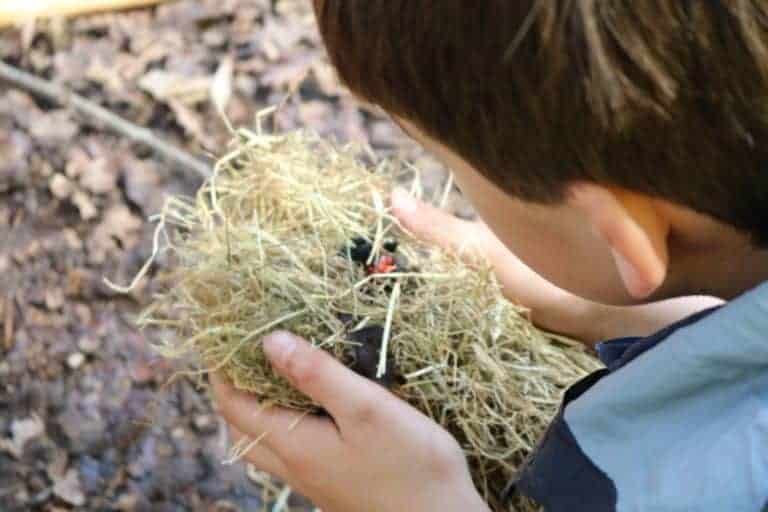
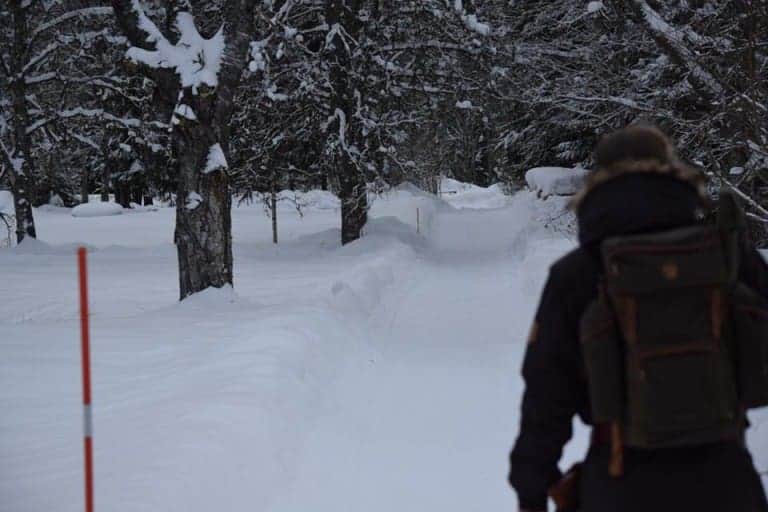

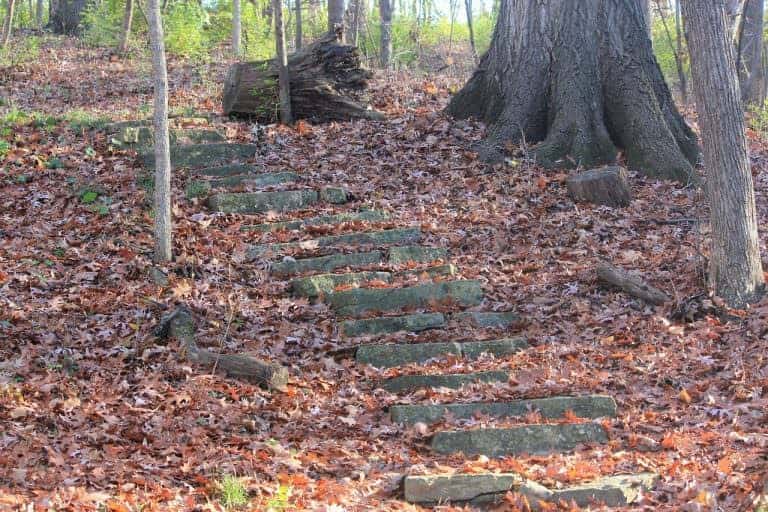

Just again to thank you all and Kyt for inviting to attend the most recent tracking course, the course content was fantastic and Kyt explained everything with such detail, but in a method that was easy to understand.
The practical training was methodical but explained at every stage, and Kyt instructional ability to pass this on, meant all students were clear on the content at all times.
The banter between instructors and students was brilliant, and I felt comfortable amongst you all.
Looking forward to attending further training in the near future.